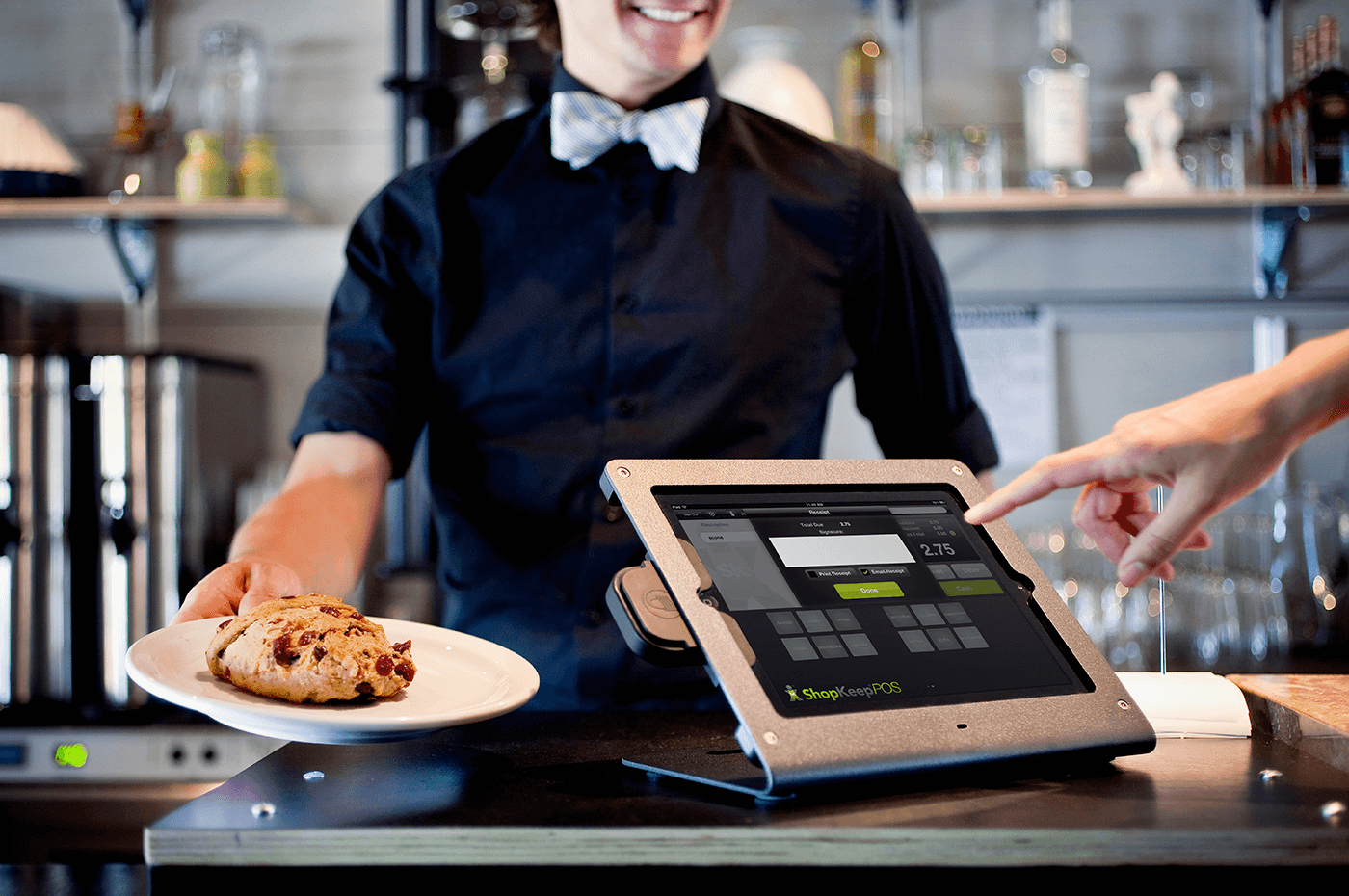When it comes to web design, even minor missteps can impact your online presence. Let's explore three common pitfalls that could be hindering your website's success, using examples relevant to the nails and food & beverage industries in the U.S.:
1. Lack of Mobile Optimization.
🔍
Mobile optimization refers to the process of designing and adapting a website to ensure that it functions seamlessly and looks visually appealing on mobile devices such as smartphones and tablets.
In today's digital age, more and more consumers rely on their mobile devices to access information, make purchases, and interact with businesses online. Therefore, ensuring that your website is optimized for mobile is essential to providing a positive user experience and maximizing engagement.
Example (Nails Industry):
Imagine you own a nail salon in Los Angeles, catering to a trendy clientele. Many potential clients in your area are tech-savvy individuals who often search for nail salons on their smartphones while on the go. If your salon's website is not optimized for mobile, it may appear distorted or difficult to navigate on smaller screens. As a result, potential clients may quickly become frustrated and choose to visit a competitor's salon with a mobile-friendly website instead.
Example (Food & Beverage Industry):
Consider a small artisanal bakery in San Francisco known for its delicious pastries and specialty coffee. With many locals and tourists alike searching for dining options on their mobile devices, a bakery's website that is not optimized for mobile can deter potential customers. If the website is hard to navigate or loads slowly on smartphones, visitors may abandon it in favor of a competitor's website that provides a smoother mobile experience, ultimately resulting in lost business for the bakery.
2. Information Overload
Information overload occurs when a website bombards visitors with excessive information, making it difficult for them to find what they're looking for and leading to a cluttered and confusing user experience.
In an attempt to provide comprehensive information about their products or services, businesses sometimes overload their websites with text, images, and other content. However, overwhelming visitors with too much information can have the opposite effect, causing them to feel overwhelmed and frustrated, and ultimately driving them away from the site.
Example (Nails Industry):
Suppose you operate a nail salon in Miami offering a wide range of services, from manicures and pedicures to nail art and spa treatments. On your salon's website, you may be tempted to showcase every service, pricing option, and promotion available. However, if the website is cluttered with too much information, potential clients may struggle to navigate it effectively. They may become overwhelmed by the abundance of text and images, ultimately leaving the site without booking an appointment.
Example (Food & Beverage Industry):
Consider a family-owned restaurant in Chicago known for its diverse menu featuring dishes from around the world. The restaurant's website may include extensive descriptions of each dish, along with high-resolution images and customer reviews. While the intention may be to provide diners with a comprehensive overview of the menu, presenting too much information can overwhelm visitors. If the website is difficult to navigate or takes too long to load due to the abundance of content, potential diners may opt to dine elsewhere, resulting in lost business for the restaurant.
3. Unclear Navigation
Unclear navigation refers to a website's menu structure and layout being confusing or difficult to understand, making it challenging for visitors to find the information they need or navigate between pages effectively.
Effective navigation is crucial for guiding visitors through a website and helping them find the information or services they're seeking. When a website's navigation is unclear or poorly organized, visitors may become frustrated and abandon the site, leading to lost opportunities for engagement and conversion.
Example (Nails Industry):
Imagine you own a nail salon chain with locations across multiple cities in the U.S. On your salon's website, visitors should be able to easily navigate between pages to learn about the different services offered, view pricing information, and book appointments online. However, if the website's navigation menu is cluttered or lacks clear labels, potential clients may struggle to find what they're looking for. As a result, they may leave the site without scheduling an appointment, ultimately leading to missed business opportunities for the salon.
Example (Food & Beverage Industry):
Consider a popular cafe in New York City known for its cozy atmosphere and artisanal coffee blends. On the cafe's website, visitors should be able to quickly find essential information such as the menu, hours of operation, and location details. However, if the website's navigation is confusing or disorganized, potential customers may struggle to locate this information. As a result, they may give up and choose to visit a competitor's cafe instead, resulting in lost revenue for the business.
Conclusion 🌟
Incorporating mobile optimization, avoiding information overload, and ensuring clear navigation are essential steps for businesses in the nails and food & beverage industries to enhance their websites and provide a positive user experience. By addressing these common pitfalls, businesses can attract and retain customers, ultimately driving success in the competitive online landscape.
Blog

- 19/04/2024


